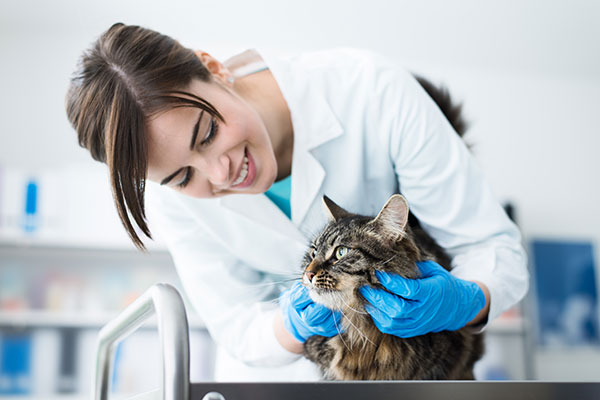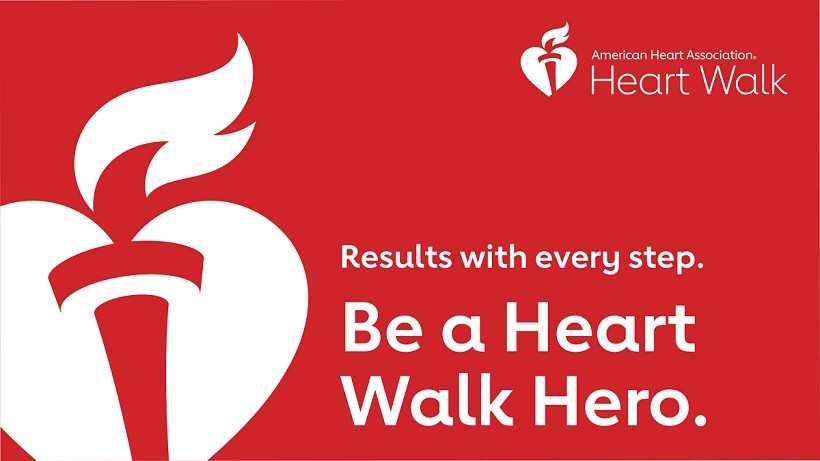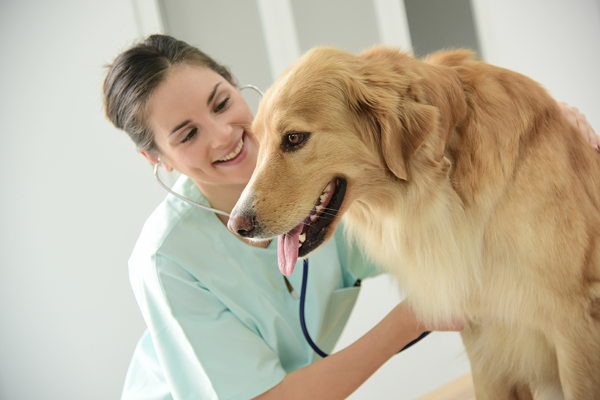
A blood pressure check is one of the first procedures done when you go to the doctor. So it should be no surprise that your veterinarian will likely check your pet’s blood pressure, too!
It is becoming more and more common for vets to regularly check blood pressure at every checkup. However, many pet owners do not realize that their pet’s blood pressure is constantly changing in response to many factors. Being aware of these factors and ensuring that your pet is comfortable in its environment will help the vet to get the most accurate blood pressure reading. Here is a list of 5 factors that may cause significant changes in your pet’s blood pressure:
33289 Hits


